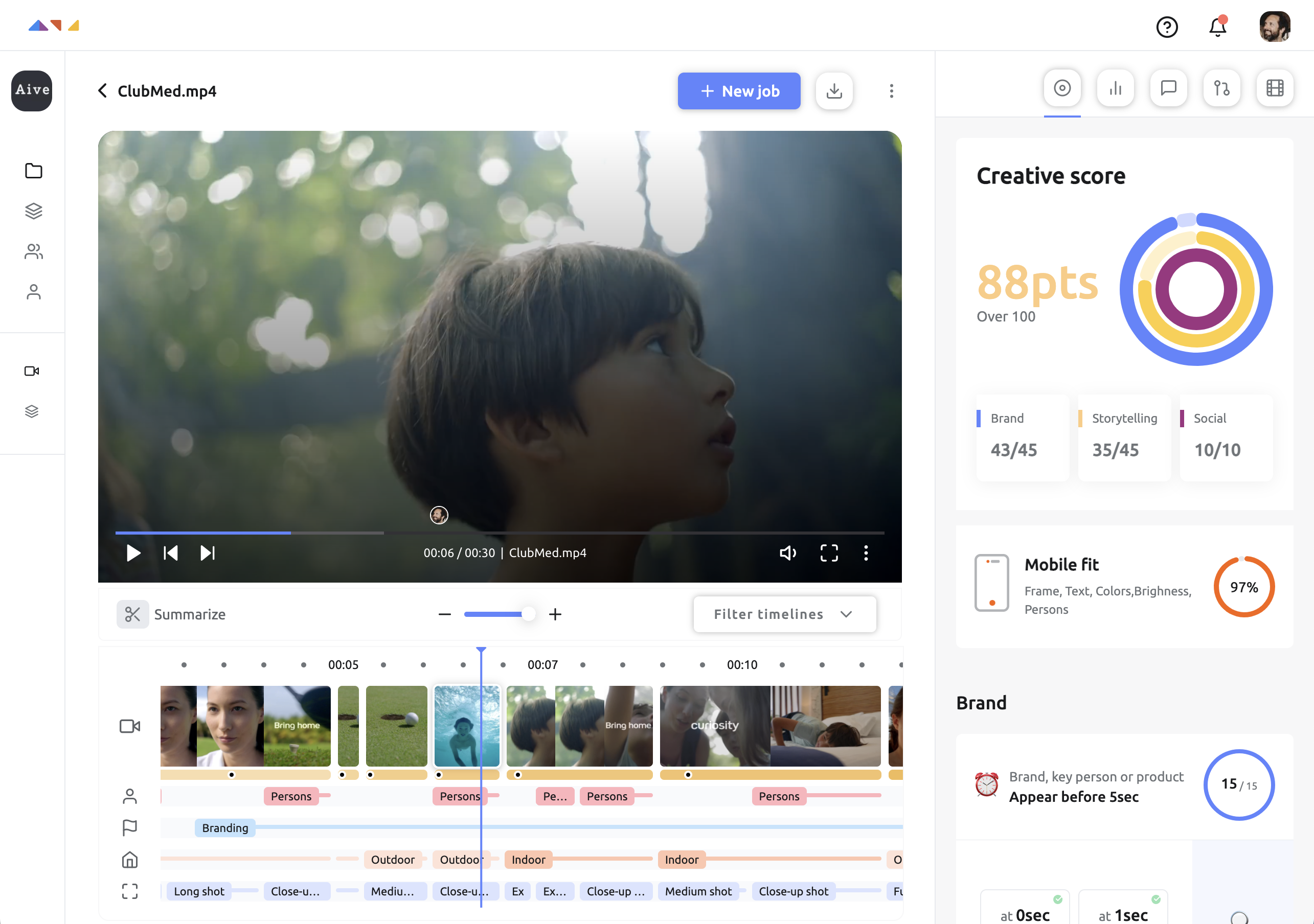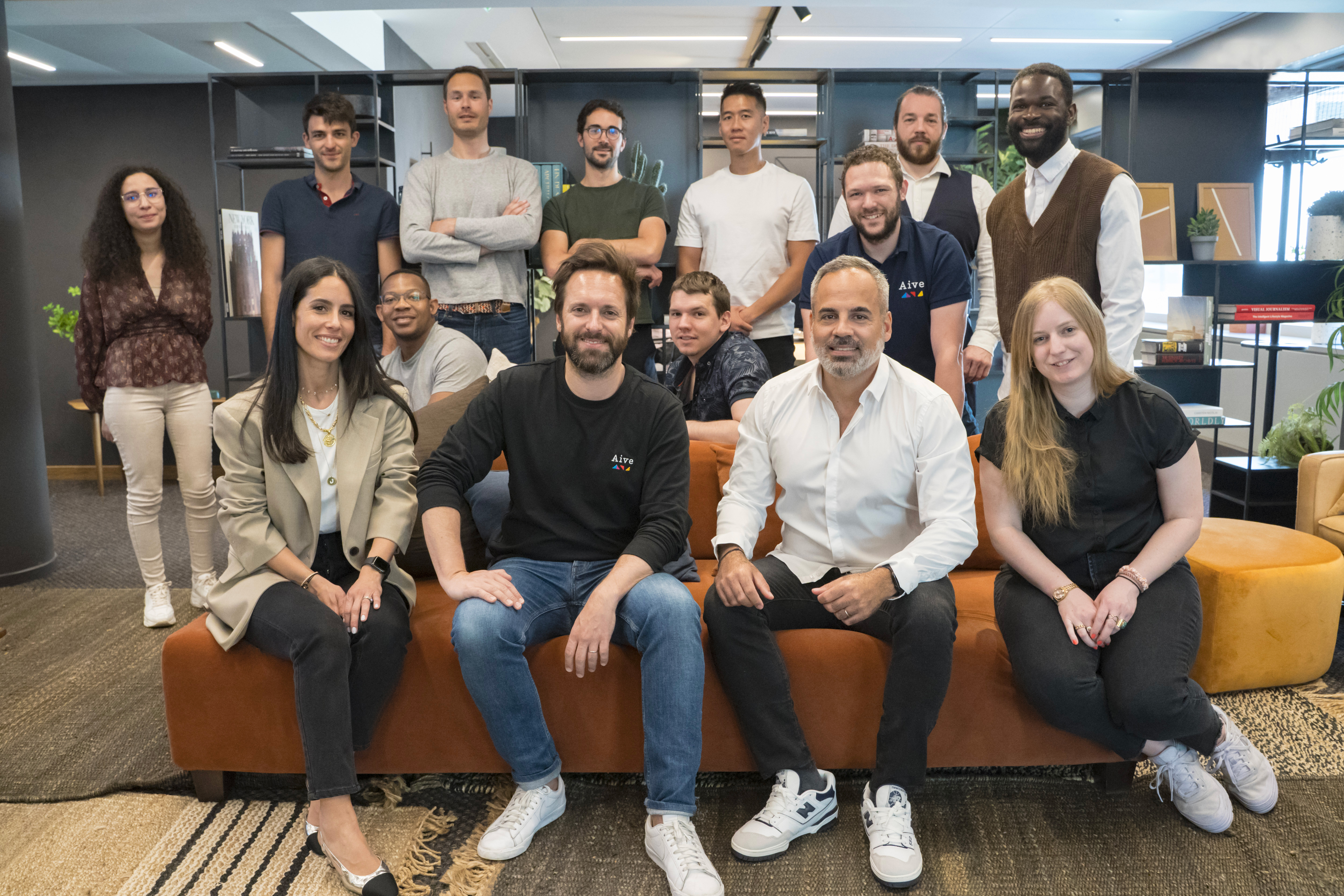If meme stocks can be a thing, what’s to stop audio meme sharing from going viral!? Hoping to storm the ear-bending arena of social audio and win friends amid the gamer/creator crowd is Voicy — a Netherlands-based startup that’s building a platform for user-generated audio snippets (typically a few seconds long), offering tools to create emotive samples for reaction sharing to spice up your messaging/streams.
It’s not hard to predict where this idea goes: Straight to gross out fart sfx and pwning troll clips — which are indeed plentiful on this fledgling platform for user-generated (or, well, sampled) audio. Dank audio memes anyone?
Other viral noises are available. Borat clips, for example, or Squid Game sounds. Plus a cacophony of over-enthusiastic Internet memes in audio form. John Oliver screaming “GOOGLE IT!” repeatedly, or Epic Sax Guy’s epic saxing, and so on.
The typical Voicy user is, unsurprisingly, young and trigger happy, per the startup — which envisages gamer voice chat as a key target for a pipelines of social integrations it hopes to build out. So far it has one integration inked with messaging app, Viber — but it’s offering a “simple universal API” to encourage other platforms to sign up.
Zooming out, Voicy’s stated mission is to do for sound clips what Giphy has done for GIFs.
“We want to create a new way for people to express themselves creatively in how they communicate. In areas such as gaming, where communicating with images or text doesn’t work as well — there’s a huge gap for audio to really enhance the experience,” suggest co-founders Xander Kanon, Joey de Kruis and Milan Kokir via email.
“As we’ve seen with memes and GIFs, people love to create their own very creative content. Audio has the capacity to have the same, if not bigger impact on modern communications. We’ve seen from instant chat, to emoticons to GIFs that people all over the world want to experiment with and simply have fun with how they communicate — it’s one of the things we all have in common. In addition to this, the competition among apps and platforms is immense and all of them are working hard to make their offering more sticky, fun and engaging. This is where Voicy comes into play.”
“From the ground up, we have developed our platform to give users the express ability to create,” they add. “Our technology directly serves that purpose through an open-source approach to content, with safeguards layered in to moderate. With integrations, our approach has been to connect our platform with other platforms and give users wider accessibility to sharing content. With the addition of public API, further integrations and a strong foundation within the platform, we believe our impact can be exponential.”
The platform fully launched in October 2020, per the founders, and they’ve grown usage to 1.1 million monthly active users at this stage (although that’s including usage via Viber, not just ears they’re pulling into their own platform).
Other usage metrics they share include that users have created some 145,000 sound clips so far, with an average of 10k more being added per month. They also say a Voicy user plays, on average, 20 sound clips and shares one per visit.
While, following their recent partnership with Viber, users there have sent over 20 million audio messages — which have been played 100M times in just three months.
The startup is planning to build out a pipeline of third party integrations to drive for further growth, with the help of a €1.2 million pre-seed raise being announced today — eyeing potential love-ins across social messaging, streaming and gaming platforms. Or basically anywhere where noisy memes might find an appreciative audience.
“There are a lot of potential integrations within social messaging, for example WhatsApp, FB Messenger; social video — Instagram, Snapchat, TikTok, YouTube; gaming — Roblox, Ubisoft, Xbox, Discord; and streaming — Twitch, Streamlabs and Corsair,” they suggest, reeling off the tier one consumer platform list.
Voicy’s pre-seed raise is led by Oliver Samwer’s Global Founders Capital, with a number of tech senior execs also participating from companies including Twitch, Spotify, Deezer, Snapchat, Booking, Uber, Reddit, Acast and Tesla.
Commenting in a statement, Global Founders Capital’s Soheil Mirpour said: “Voicy is a very exciting new startup. In short order, their strong team has grown a huge community of very active users who are creating hundreds of pieces of new audio content every day. There’s a massive amount of potential for short audio in social communication. A Discord user spends on average 285 minutes a day in a Discord voice chat, people share 7 billion voice messages per day on WhatsApp alone and billions of people use short audio in their TikTok or Instagram videos. Voicy brings a new concept to the table, which is ready to disrupt an enormous market — we knew we had to invest.”
But why do web users need audio memes when there are already, er, audio GIFs? Isn’t this a rather niche proposition — given existing overlap, plus the general (broad) competition from other reaction ‘shareables’ consumers can easily use to express themselves, from ye olde emoji, to customizable stickers to viral GIFs?
Soundless reaction formats (like GIFs) are also essentially an advantage to the sizeable ‘never turn up the volume’ mobile crew — whose silence-loving (voice-message hating) existence explains why even short video clips which are made to be shared on social typically come with captions to provide an baked in alternative to engaging any ear. (And, well, an audio meme with the sound off is just some sad-looking pixels, right? … Quite possibly, though, this is an older vs younger Internet user generation thang  )
)
Surprising no one, Voicy users so far are Gen Z or Gen Alpha, with a strong following amid the TikTok/Roblox generation, per the founders. (“Our users use us for gaming, creation, and messaging. Across our user base, most users are located in the USA (60%). The majority of users are aged below 35 years old (75%+),” they also confirm.)
“The advantage of a sound clip over a GIF/sound GIF is the wider applicability of it,” argue Voicy’s founders. “Practically, you can use a sound clip in your stream, during gaming, or to edit your video or your TikTok video/Youtube Short as well as use it in messaging. You simply cannot do this with an audio GIF due to user experience and practical constraints.”
“Audio memes are funny, iconic and unique shareable audio bites that can be used in any form of online communication to express thoughts or feelings in a specific context,” add the trio — who are self professed avid gamers themselves.
What about risks around copyright? How are they managing that issue? Voicy is not licensing any audio content currently but the founders suggest they may do in future. For now they’re relying on fair use to recirculate samples (plus their platform supports a DCMA reporting and takedowns procedure). They say they’re also using a third party service to stop protected samples from being piped onto any third party platforms they integrate with.
While it’s early for such a consumer-focused product to be focused on monetization, the team says they’re building Voicy as a marketplace — and ultimately intend to focus on the needs of the creator community.
“We believe that our long term opportunity lies at enabling creators to monetise their content,” they tell TechCrunch. “With the creator’s economy continuing to grow at a rapid speed, we provide them a platform to create, clipify, distribute, earn, and build a community around their sonic identity. With a large integration network and a platform as an end-destination for consuming and engaging with sounds and sound-creators, Voicy can monetise its library and integrations. Voicy can provide a ton of value both for the supply side and the demand side.”
“More specifically, our business model will be focused around the sub-licensing of clips, and by providing additional premium features for creators to do what they do best: creating content. Content will have the possibility to be sub-licensed to integration partners, fans, other creators, and premium consumers,” they add.






 )
)
